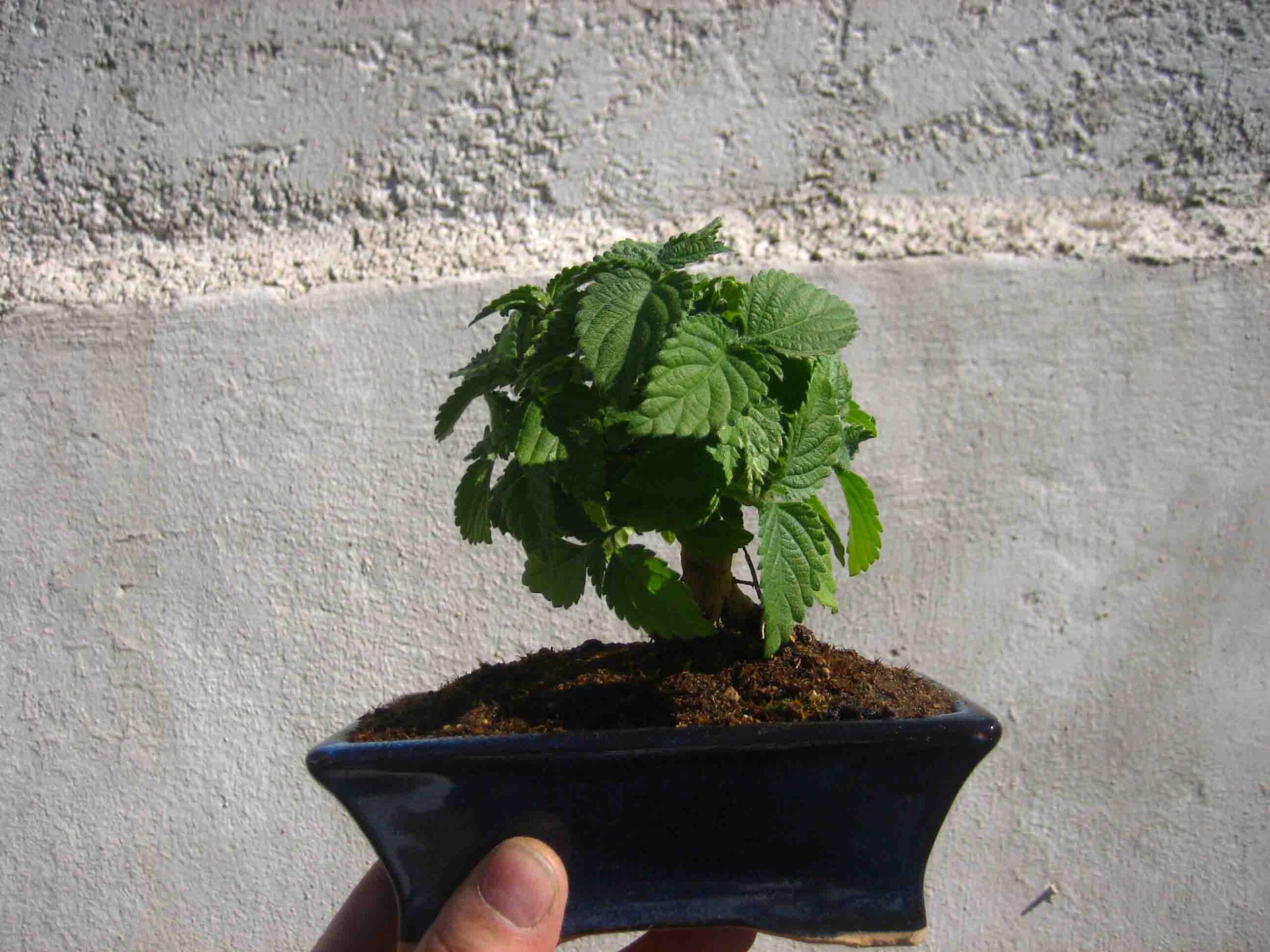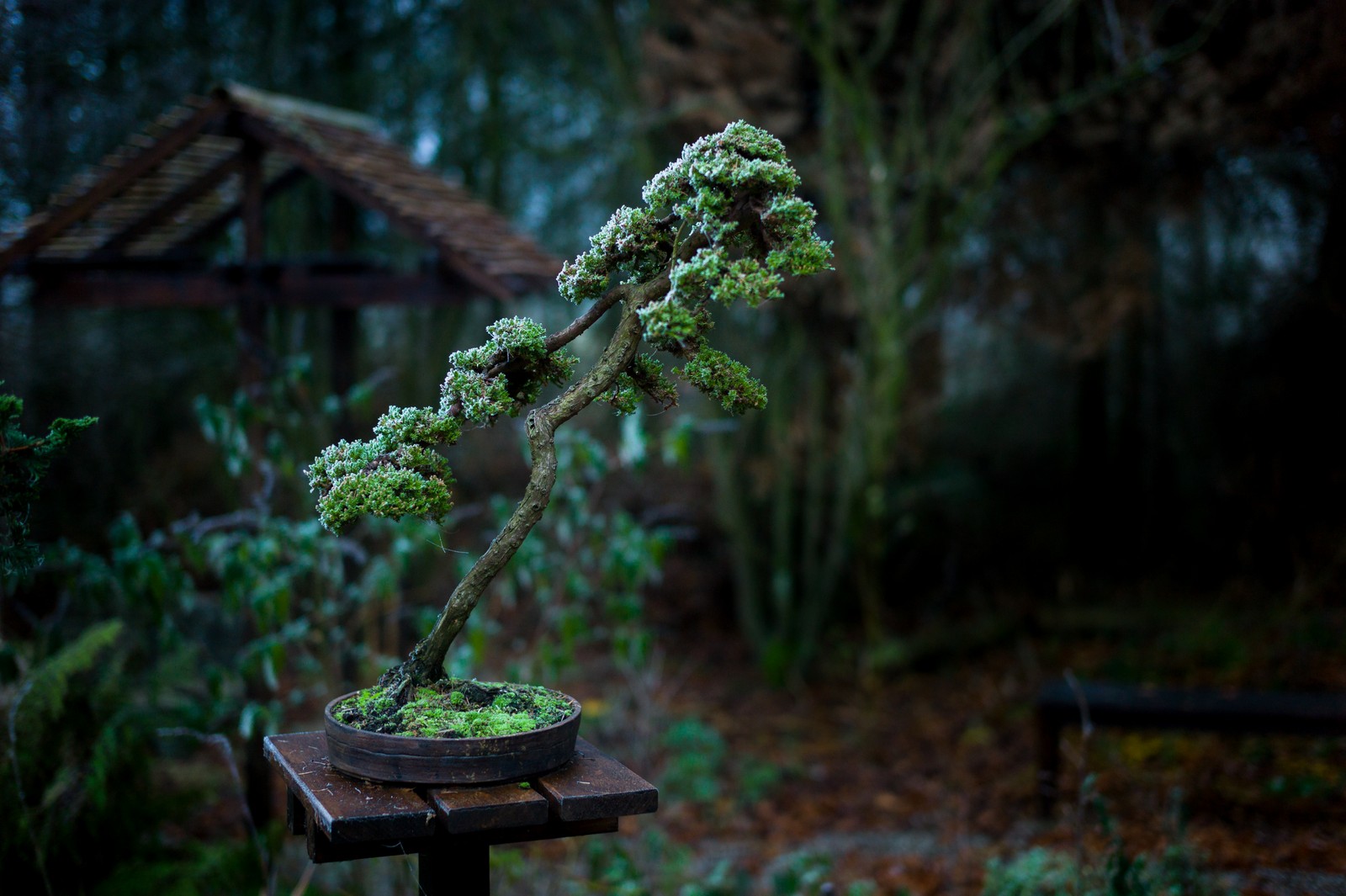What is a yamadori?, What are their characteristics and how can they be cared for correctly? These are questions that will be answered in this entry that touches on a topic that has a whole legal discussion behind it. A little about the ethical considerations regarding these trees will also be explained at the end of the article.

Yamada
A yamadori is not really a specific species that belongs to one of the Kingdoms of living beings, have a specific genus, order, or family. It can really be any species that is taken from the wild to be planted in a pot and kept as a bonsai.
There are several points regarding these species, they are considered "recovered" because they are transplanted so that they can live for many years, the Japanese term refers to that "recovery", but there are certain ethical debates regarding the subject because they are taken from nature and controls its form in pots to be marketed.
These trees are generally those that have thick trunks and that grow with extensive shapes or their branches are formed in different ways, this so that their movement can be controlled and make bonsai much more curious and striking. In addition to that, they are species that have reduced growth, so that it is easier to prune them and control the way they grow.
Taking into account the popularity of bonsai in Japan and around the world, trees that are treated with these techniques are marketed as decoration. They don't really grow as much as trees unless they stop pruning, which is why yamadori are not considered recovered, rather their growth is interrupted at all times and their naturalness is lost.
Farming
There are differences in cultivation in each of these species, but when it comes to making them one of the many types of bonsai You have to follow a specific way of cultivation. Bonsai cultivation is characterized by specific techniques to maintain growth and achieve a specimen with a good shape. For that you have to start pruning as soon as they start to grow.
As we indicated, the yamadori are taken from nature, that is, they are not cultivated by getting seeds from them and planting them directly in a pot, but rather they are left to grow outside a little. When they are an ideal size to start caring for them as bonsai, they are carefully removed from the ground. This is done by digging to remove their roots without hurting them too much and ensuring that they continue to grow.
After that, it is kept in moist paper so that its roots do not die during transportation. This paper, in turn, is covered with a cloth to maintain the temperature a bit and to take care that the soil that covers the roots does not come off. Once the specimen is extracted, a bit of the soil where it grew is taken, to ensure that it does not die when it encounters another type of soil in its new pot.
Although not only that soil is the one that is placed in the pot, it is filled with at least a quarter of gravel, then the soil of the Tree in a thin layer. Meanwhile, the cloth and wet paper of the removed specimen have already been removed, it is carefully planted and the pot is filled with the rest of the soil.
The next step is to water it, normally if it is known and what species it is, its care will be known and how often it should be watered, otherwise it is only watered every time the soil is seen to have dried and the pot is not flooded. This will be like this for a few days while it is observed if the tree has resisted the transplant.
Regarding its irrigation, it is recommended to use rainwater to reach not only this plant but all those that can be, this is because it is the water with the necessary nutrients for it to grow without problems. Plants are normally watered with tap water or still water, however, these have a number of bacteria that can sometimes harm the plants if they are not strong enough to protect themselves from these bacteria.
After it has been planted and has been maintained for a few days, fertilizer is applied, the one recommended for care as bonsai is the one with "coarse-grained akadama", this is ideal for keeping it healthy as it goes. pruning on certain sides of the tree. This fertilizer should be applied a few days after it was planted or when new shoots begin to grow, so that this can favor said growth.
Already after the fertilizer has been applied, it is allowed to grow a little more with fertilizer and frequent watering, at least for two or three months. So that he can get used to the environment he was transferred to and gain strength. Since maintaining a tree in the form of a bonsai implies constant pruning and that can weaken the plants a bit.
Regarding pruning, this is different depending on the species and the way you want to obtain. Some people proceed to cut the branches that grow too much on one side so that the trunk and new branches grow on the opposite side, other people cut in several places to cause more small branches to grow.
Pruning also depends on the size you want the tree to have, if you want the yamadori bonsai be small will be pruned much more often than if you want a slightly larger bonsai. In any case, pruning, watering and constant fertilization are what will keep the plant like a bonsai with controlled growth.
Plagues and diseases
It must be taken into account that yamadoris are still exposed to diseases, even if they are in a pot and are attended to frequently. It is important to avoid pests in bonsai because they can completely ruin what has been achieved with pruning, for example, a pest can affect several branches and to stop it they must be cut, these cuts can ruin the shape that has been worked and force its caretaker to work a little harder to mold it in a new way.
Some yamadori are specifically targeted by the olive tree borer, which directly affects the branches of the specimen, unlike other pests that start with the leaves or flowers. This particular pest is responsible for damaging the wood by digging into the branches.
It must be taken into account that too frequent watering can also affect the plant, this is because the humidity is ideal for fungi to emerge, in fact, when seeing the characteristics and the Classification of fungi we can see that a humid environment is the right environment for its growth.
Legality
We spoke at the beginning that there are ethical debates regarding the yamadori or the yamadori practice itself, from various perspectives. From the point of view that a specimen should not be transplanted so that its growth is interrupted, also from the point of view that if this practice becomes very frequent, the environment will be considerably harmed.
In addition to that, this is a practice that is not legal in many countries, in others there are no sanctions in this regard and in other nations it is only allowed with a special authorization.

